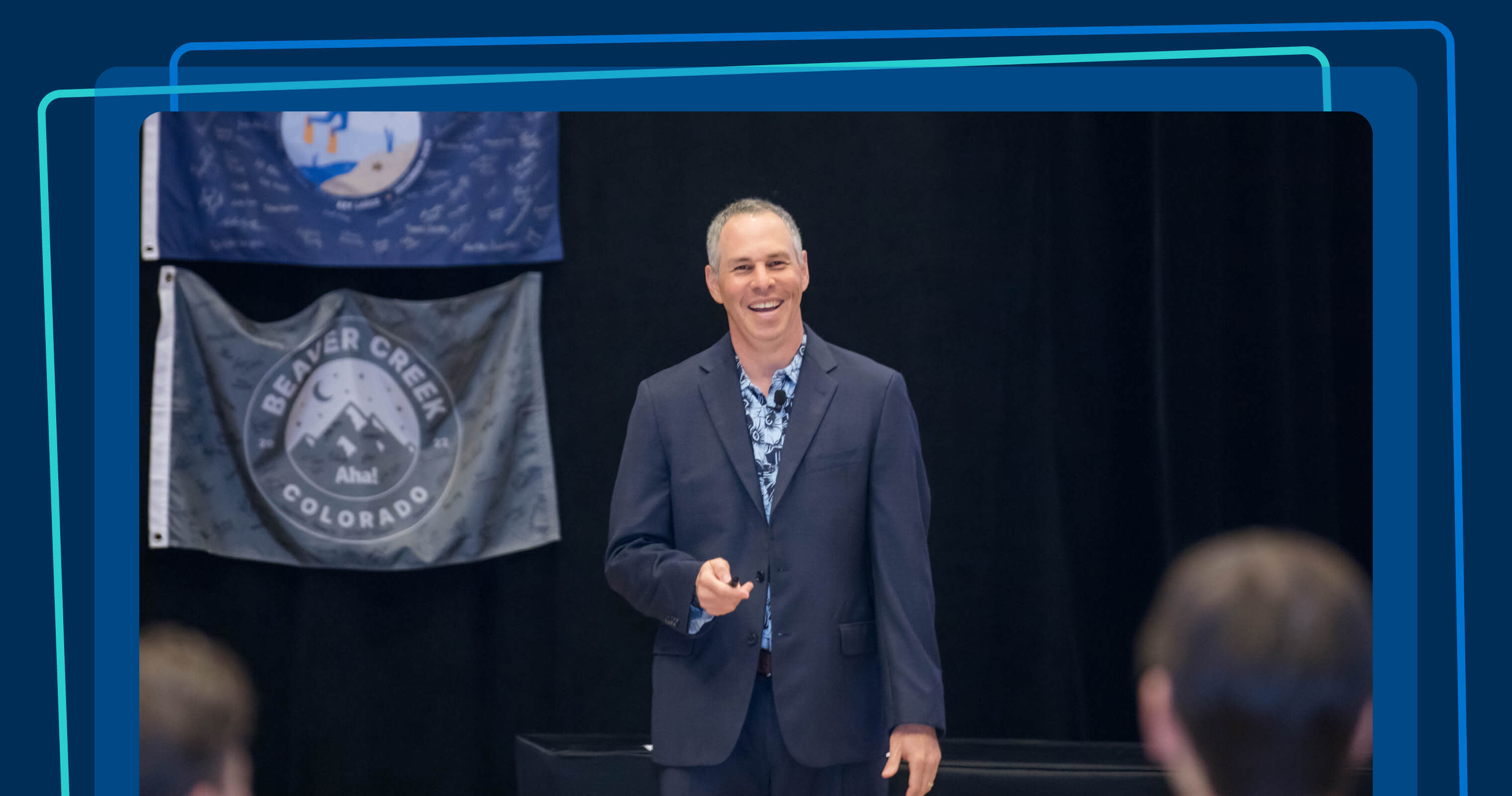
When aggressive-passive behavior is not quickly addressed and corrected, the damage is real. | Photo by Jodi B Photography
The rise of aggressive-passive behavior
Have you been yelled at at work? I was early in my career. And I was even threatened at another job.
Maybe something like this has happened to you too. I will share a few scenarios, and you can tell me if any of this sounds familiar.
Let's say you share your thinking about a new feature. And a teammate is now vehemently disagreeing. Positioning you as an idiot (without the name-calling). The comments are coming fast, and everyone else is just watching in disgust — or worse, finding it entertaining.
When you approach the person or their manager later, the attack is chalked up to a misunderstanding. They were just asking questions. You are taking it the wrong way. It is not healthy to be so emotional about it. No one wants drama.
But you know what you experienced. The aggression was real, yet you are being told to doubt your own reality. The aggressor is now the victim.
The following week, the team is discussing a possible solution to a customer pain point. And that same person quickly dismisses your idea and bulldozes it into nothingness. Here we go again. When the bulldozer is asked about their attack, they seem just as stunned. "Everyone was sharing ideas. I was just sharing mine too."
This is classic aggressive-passive behavior. Someone goes on offense, then retreats into innocence when confronted or if they sense consequences.
The dissonance when they later claim innocence is confusing. You are left wondering if you overreacted, even though you know exactly what you felt in the moment. But deep down you know others likely felt it too, even if they are not speaking up.
I think there are a few reasons aggressive-passive behavior is bubbling up right now:
Asynchronous communication: The gap between the aggressive moment and the confrontation gives people time to gloss over what happened.
Modeled behavior: This kind of lashing out (and denying later) is all too common, and we see it everywhere now.
Pressure to perform: Folks need to show contributions quickly — some people fire off responses before thinking through the impact.
Value erosion: A lot of people (and companies) are comfortable devaluing others, which makes healthy disagreement impossible.
When a teammate goes aggressive-passive and it is not quickly addressed and corrected, the damage is real:
Hostility becomes normal: Colleagues recalibrate to accept sharp tones and attacks as "just how we work," lowering the bar for civility across the team.
Psychological safety collapses: People self-censor to uncomfortable interactions — reducing learning and constructive debate.
Shadow work thrives: Teammates route around the aggressor to minimize exposure, often duplicating efforts in the process.
Decision quality degrades: Ideas go untested, bad assumptions persist, and leaders get a distorted view because fewer people offer honest input.
The full breakdown does not happen in the moment of aggression. It happens in all the moments after, when people see the act and no consequences for the incivility.
The problem is not the aggressive moment. We all have moments when we become frustrated and even angry. Even the best of us lose our way at times. The problem is the retreat. When someone does not own their behavior, it becomes impossible to repair the damage.
If you are a leader in title or action, you cannot let a pattern of aggressive-passiveness take hold. Start by trying to understand where it is coming from, and do not automatically assume the worst.
Some people are more emotionally reactive than others and do not realize how their words impact others. These folks are often passionate about the work — which is a good thing — but need to improve their delivery and be redirected when they act with hostility.
Coach them on how to pause, quickly reflect, and communicate clearly. You do not want to tamp down their valuable feedback, which is essential in transparent workplaces and needed for excellence. But you do want to model how to share it with kindness and respect. And you must expect self-reflection and correction to change how they interact in the future.
We must always remember that debating ideas is key to team success — but attacking the individuals behind those ideas is one of the fastest paths to collective destruction.
Having a documented philosophy for how your team works can help here. The Responsive Method is part of our approach at Aha! — it sets clear expectations for how we communicate and collaborate. We also have company guidelines that are easily accessible to all teammates. But most importantly, we expect leaders to model kindness both when all is well and when things go sideways.
The goal is to eradicate the problematic behaviors, but not to avoid conflict entirely. High-performing teams are not inherently conflict-free. They eagerly engage in thoughtful debate about how best to succeed.
Real teamwork is rooted in respect. And it requires folks to be accountable for both their words and their actions. I encourage you to find ways to convert aggressive-passive behaviors into the pursuit of achievement, with care.
Learn more about how we work at Aha! read our best practices.




